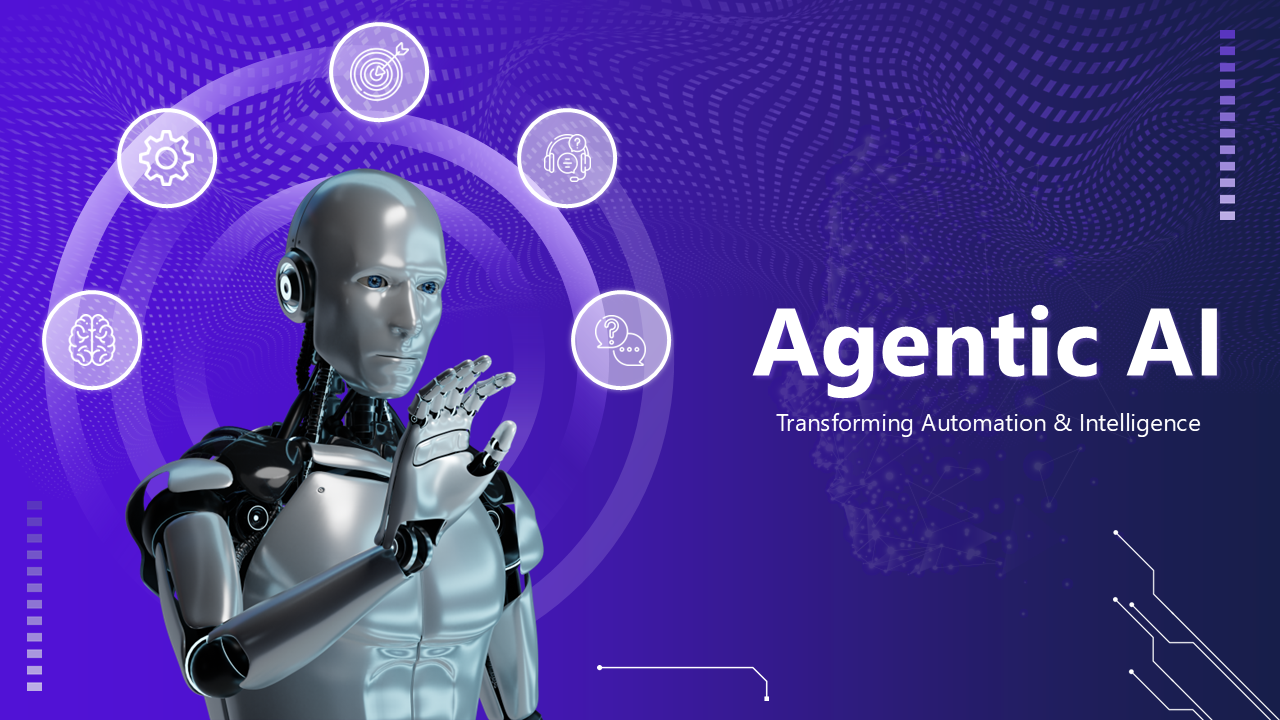
Agentic AI Is Here: Robots Are Now Making Their Own Decisions
Josh Shear – Artificial Intelligence has entered a transformative phase. No longer limited to reactive responses or predefined commands, AI is now becoming capable of independent decision-making. This advancement is called Agentic AI, a powerful innovation that enables machines to act as autonomous agents. Unlike traditional AI, which merely follows instructions, Agentic AI can plan, evaluate, and execute actions based on objectives, adapting to changes along the way.
Picture a digital assistant that not only reminds you about meetings but books appointments, arranges transportation, reschedules conflicts, and manages your inbox without your prompting. This level of autonomy is already in motion, and it’s fundamentally changing how we live, work, and create.
For years, we viewed AI as a tool that reacts to our input. We told it what to do, and it followed. But Agentic AI flips that relationship. Now, machines take initiative. They interpret goals and determine the best path to reach them.
Current examples like AutoGPT, BabyAGI, and Devin demonstrate this shift vividly. These agents receive a broad instruction such as “build a website” and carry it out from ideation to launch, including coding, debugging, and deploying. They don’t wait for instructions at every step. They break down tasks, set sub-goals, and learn in the process. This level of autonomy marks a significant departure from the simple, prompt-based interactions of the past.
This isn’t theoretical anymore. Agentic AI is seeping into our daily lives in subtle but meaningful ways. Productivity software now includes AI agents that autonomously schedule meetings, summarize documents, and generate reports. In healthcare, AI systems are monitoring patient vitals and suggesting treatment adjustments based on evolving data.
E-commerce platforms are using agentic systems to optimize logistics, manage inventory fluctuations, and personalize customer experiences. Even creative professionals are embracing these tools, with AI capable of designing marketing strategies, composing emails, and launching A/B tests with minimal oversight.
You might already be delegating more than you think. If your inbox gets sorted, your schedule adapts itself, or your shopping app knows what you’ll need next week, Agentic AI could be at work behind the curtain.
As machines begin to make decisions, we face urgent ethical questions. If an AI agent acts autonomously and causes harm, who is responsible? Is it the developer, the user, or the platform provider? These are not hypothetical scenarios. They are real issues emerging in law, tech governance, and business ethics.
There is also growing concern around value alignment. How do we ensure that autonomous agents reflect human principles like fairness, empathy, and safety, rather than just optimizing for efficiency or speed? Researchers are exploring models of constitutional AI, in which agents are trained to obey ethical guidelines embedded into their systems. But the complexity of human morality isn’t easily programmable.
Another looming issue is consent and control. If an agent chooses a path you didn’t explicitly approve, is that convenience or overreach? Our digital relationships are evolving, and we’ll need new frameworks to manage trust, transparency, and accountability.
Read More: New Broadband Tech Could Leave Your Competitors in the Dust
At its core, Agentic AI builds on large language models like GPT-4 but adds key capabilities. It includes planning modules that deconstruct tasks into manageable parts. It leverages memory to store context across long sequences. It uses evaluative feedback loops to learn from outcomes and refine future actions. It also interacts with tools like browsers, APIs, databases, and software environments, giving it a near-human ability to operate across systems.
This modular structure makes Agentic AI systems not only smarter but more adaptable. They can shift context, learn new domains, and continuously improve without explicit reprogramming.
In the coming years, you may find yourself working alongside AI teammates that write emails, summarize meetings, generate legal briefs, and offer strategic advice. You may rely on personal agents that monitor your well-being, track finances, suggest social activities, and make purchases on your behalf.
Businesses will automate departments. Governments may deploy agents to handle permits, manage crisis response, and simulate policy outcomes. Schools might use AI tutors that adapt learning strategies to each student’s pace and preference. The scope of possibilities is breathtaking.
But this also means we’ll need to develop a new form of digital literacy. It’s not just about knowing how to prompt an AI, but how to collaborate with one. We must learn to direct, monitor, and align these systems with our values, goals, and boundaries.
The emergence of Agentic AI signals a paradigm shift. We’re moving from a world where machines respond to us, to a future where machines act alongside us. They are no longer mere tools; they are partners, assistants, and in some cases, autonomous actors capable of reshaping workflows and decision chains.
This new relationship offers powerful benefits but comes with deep responsibilities. As these systems become more capable, we must become more thoughtful in how we use them. The question is not just what Agentic AI can do for us, but whether we are prepared to live and work with machines that think and act on their own.
This website uses cookies.